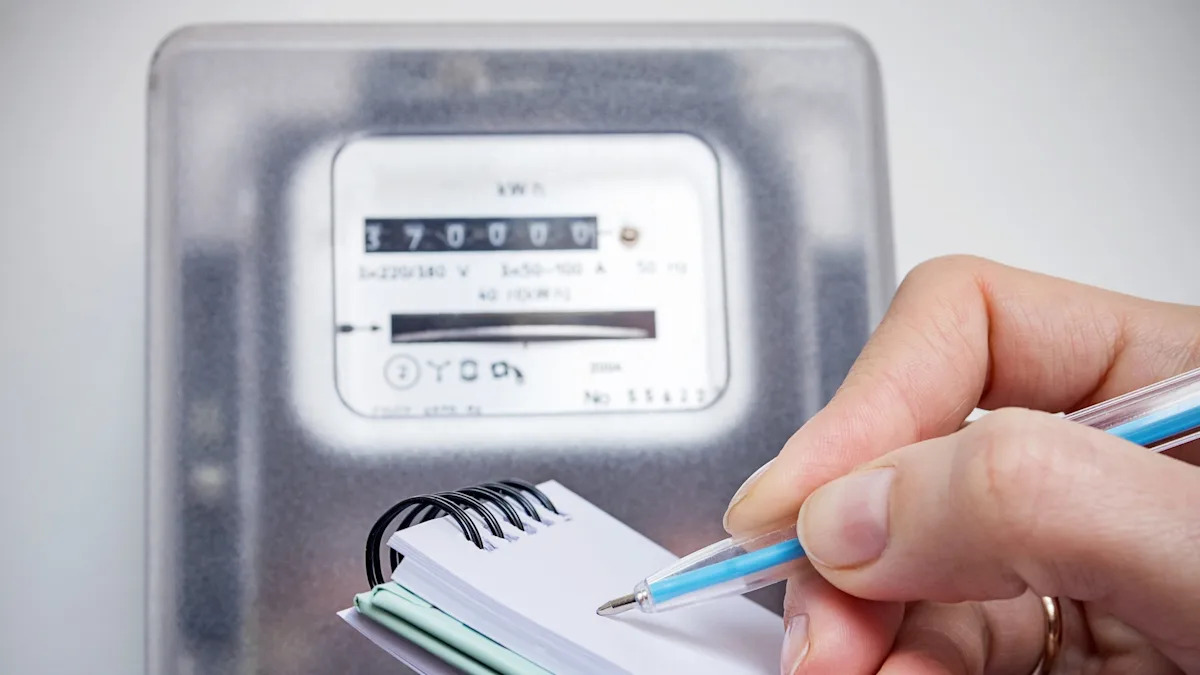Rapidly rising electricity costs have been in the news consistently lately, and Inside Climate News recently examined increases in rates by state.
What’s happening?
As Inside Climate News observed, sky-high electric bills are “hitting consumers just about everywhere” in the United States.
NPR, CBS News, and Axios all covered the issue in August as Americans experienced sticker shock at their mailboxes.
By July, electricity costs had increased by nearly 10% on average, according to new data released by the Energy Information Administration. As the end of 2025 approached, experts estimated American utility bills would jump by $38 billion before the year was over.
Artificial intelligence data center demand, inflation, and fossil fuel prices have been identified as the primary drivers of these comically exorbitant electric bills and utility costs.
According to Inside Climate News, Missouri residents have endured rate increases averaging 38.3%, topping the list of states with the highest average rate hikes.
Statewide increases were, on average, larger in states that are part of the PJM Interconnection, a conglomerate at the center of the ongoing controversy over double-digit percentage electricity bill increases.
“The rest of the top five,” the site said, were North Dakota (33.6%), New Jersey (28.6%), Iowa (27.5%), and Montana (25.3%).
Why is this so important?
In 2025, the average citizen of any developed country is accustomed to wild market swings for staple goods and services after years of post-pandemic market shocks.
However, that doesn’t mean people can just choose to absorb this financial hit.
Utilities like electricity are, by definition, essential services required for homes to be habitable. Electricity powers life-sustaining equipment at home and in facilities, serving other necessary functions like ensuring everyone’s food doesn’t spoil.
This intersection of unchecked price hikes and a vital service is destabilizing and alarming. Consumers cannot simply choose to forgo electricity or heat because it has become unaffordable, nor can they prevent AI data centers from causing demand to explode.
Environmental Law & Policy Center senior attorney Rob Kelter told Inside Climate News that, in particular, electricity price increases due to data center demand ought to be treated as a crisis by lawmakers.
“You’re talking about data centers that need as much electricity as a small city, and we’re just not ready to handle that,” Kelter commented.
What can be done about high electricity bills?
American utility customers can’t directly reduce electricity bills that spiked due to external factors, at least not at the utility company’s level.
Contacting lawmakers to demand action on unaffordable electric bills is one option available to residents of any state.
Kelter said federal and private investments in clean energy infrastructure were the most viable, practical solution.
At an individual level, installing solar panels is another way to drastically lower utility bills, sometimes to $0.
Join our free newsletter for good news and useful tips, and don’t miss this cool list of easy ways to help yourself while helping the planet.
